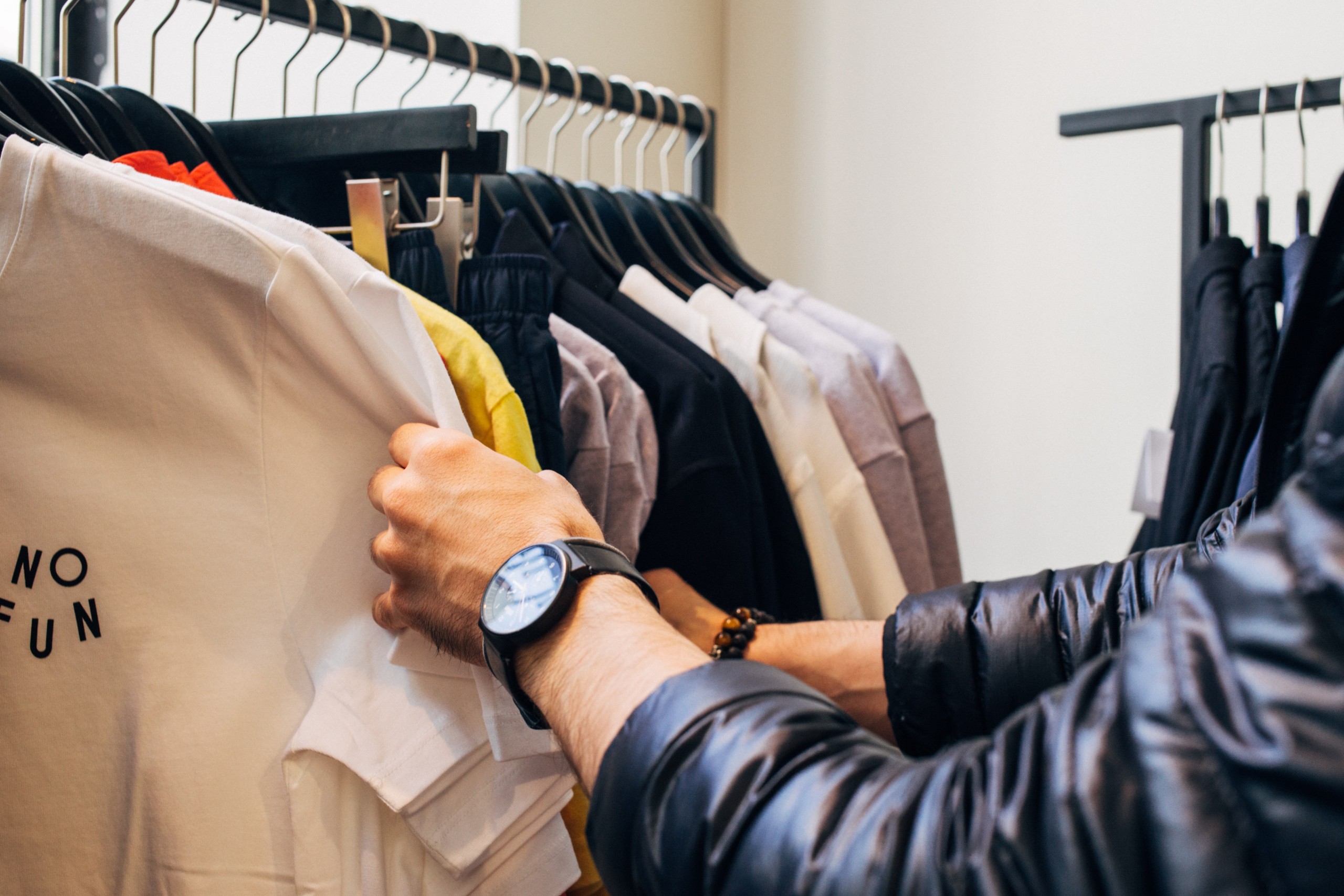Sustainability is not only a key environmental goal for fashion brands, it’s also a very current, powerful marketing tool. And as more consumers are becoming increasingly aware of the need to become more sustainable, fashion brands are capitalising on this as a way to sell more clothes, and ultimately, increase their bottom line.
In this article, we discuss whether consumers can realistically shop their way to a sustainable fashion industry simply by choosing more sustainable options, or whether it’s an unrealistic goal for brands, consumers and retailers.
Can profit-driven fashion companies ever be truly sustainable?
While sustainably labelled garments may be more environmentally friendly, they are still being used by profit-driven brands to encourage consumers to buy more clothes.
And consumers love to buy clothes. This is driven by an interesting mix; including the accelerating trends of fast fashion, social media influence, the dopamine effect of having something new, the low cost of garments and the environmental impacts often being too far removed across a complex global supply to have a real impact on behaviour change.
And the figures are staggering. The fashion industry generates 2% of global GDP, employing more than 400 million people across the world. At the centre of this is a simple fact- the industry has grown to this incredible size by selling consumers more clothes than they can ever need. Want versus need is what drives the fashion industry- and this is hugely incongruous to genuine sustainability.
Brands want consumers to shop their way to sustainability
Brands have sought to address this by making sustainable ranges and options more widespread. Making clothes and fashion more sustainable is one way companies can contribute to a more eco-friendly, circular economy; but it’s also a key way for fashion companies to increase their profits. Differentiation with sustainability is a strong marketing strategy as environmental awareness increases – and it’s a key way brands can encourage consumers to still keep buying more while reducing the guilt associated with fast fashion.
Is ‘sustainable’ marketing a distraction from true impact?
But buying more clothes, even if they’re labelled as sustainable is not realistically the answer.
While more eco-friendly clothes (such as those made from recycled fibres and those manufactured in a closed loop) are an important part of creating a more sustainable industry, confusing or misleading greenwashing can actually be a real barrier to true, lasting change.
Greenwashing with reassuring labels such as ‘responsible’ or ‘conscious’ may encourage shoppers to buy unnecessary clothes because they incorrectly believe there is reduced negative environmental impact. There is also the damage of greenwashing itself- a recent survey found that almost 60% of sustainable claims by fashion brands in the UK and Europe were misleading.
To wrap up
Even though brands are keen to promote more sustainable solutions for consumers to buy, this will never create the impact that’s really needed to reduce environmental damage from the fashion industry. Consumers need to simply buy less, as well as becoming more conscious of misleading greenwashing claims. This will also need massive business model shift from fashion brands globally –we cannot buy more to solve the problem, no matter how sustainable items are marketed as being.
Textile Consult operates worldwide, consulting on a variety of management, training and sustainability issues within the textile industry. Contact us today to find out how we’ll work with you to find effective, sustainable solutions for your company.


